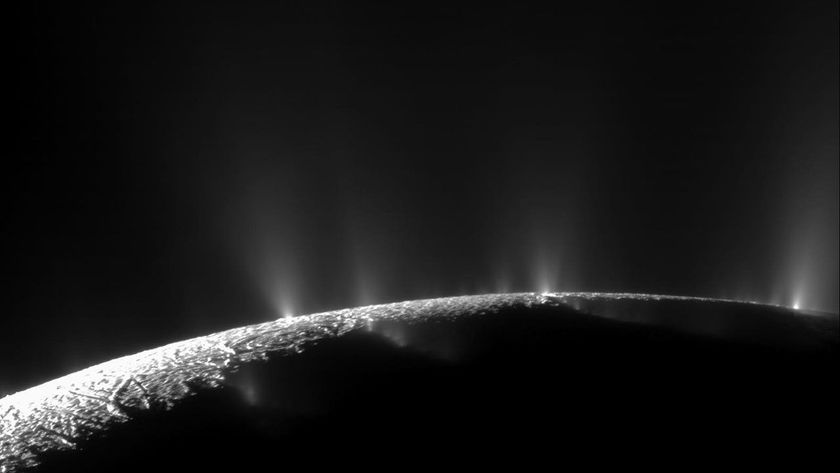Jaw-Dropping Views of Saturn Cap 2013 for NASA's Cassini Spacecraft (Photos)
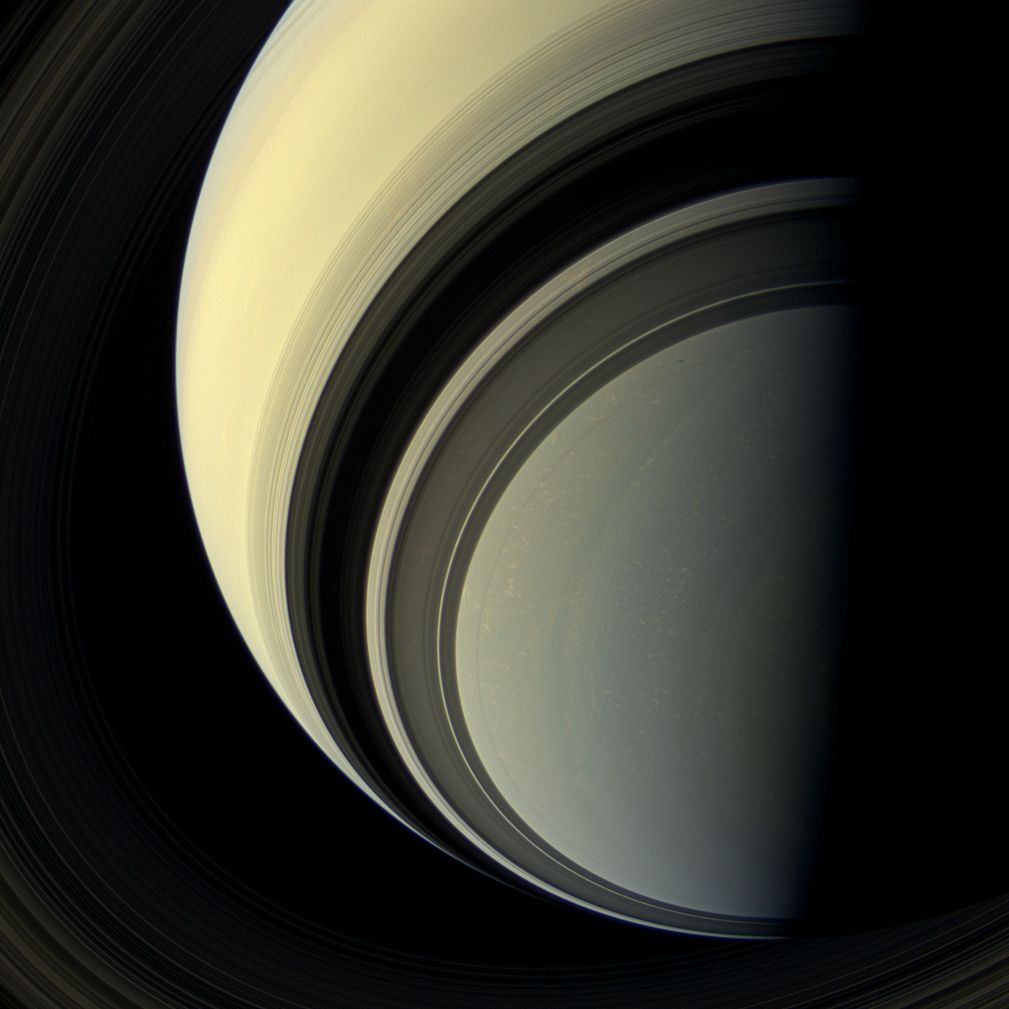
NASA's Cassini spacecraft has capped 2013 with a spectacular new collection of Saturn photos showcasing the planet's beauty, as well with its trademark rings and strange moons.
The newly released Saturn photos by Cassini include two views of Enceladus, Saturn's sixth-largest moon. Enceladus is a winter-appropriate ice world. Geysers at its poles shoot ice particles into space, some of which make it into orbit around Saturn. Some of this space "snow" becomes part of Saturn's E ring, Saturn's second outermost ring that is made of microscopic particles.
Other images highlight Saturn's largest moon, Titan. There are no jolly elves at Titan's north pole; liquid methane and ethane seas appear as splotchy features near the moon's poles. At the south pole, a high-altitude vortex swirls. The hazy orange atmosphere of Titan is thought to resemble the atmosphere of early Earth. [See all of the new Saturn photos by Cassini here]
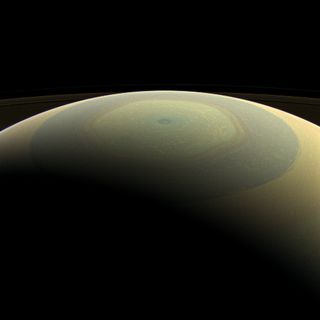
Saturn itself is the celestial tree-topper of this trio, with a wide-angle look at its north pole revealing the planet's hexagonal jet stream and its spinning polar vortex.
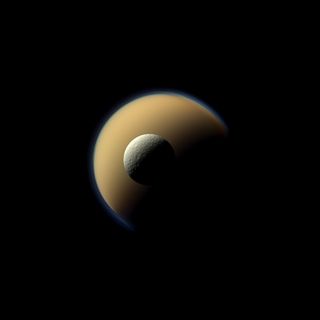
"Until Cassini arrived at Saturn, we didn't know about the hydrocarbon lakes of Titan, the active drama of Enceladus' jets, and the intricate patterns at Saturn's poles," Linda Spiller, the Cassini project scientist at NASA Jet's Propulsion Laboratory in Pasadena, Calif., said in a statement on Dec. 23. "Spectacular images like these highlight that Cassini has given us the gift of knowledge, which we have been so excited to share with everyone."
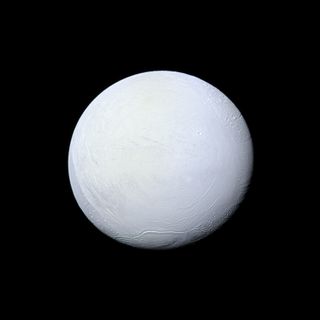
The Cassini-Huygens spacecraft arrived at Saturn launched in 1997 and arrived at Saturn in 2004. Cassini orbits Saturn, while Huygens, a lander, touched down on Titan in 2005. In July, Cassini beamed back an amazing image of Saturn's rings with Earth as a tiny pinpoint of light in the background.
Cassini's mission is expected to continue through at least 2017, after which it will be decommissioned by a controlled fall through Saturn's atmosphere.
Sign up for the Live Science daily newsletter now
Get the world’s most fascinating discoveries delivered straight to your inbox.
Follow Stephanie Pappas on Twitterand Google+. Follow us @Spacedotcom, Facebook and Google+. Original article on SPACE.com.

Stephanie Pappas is a contributing writer for Live Science, covering topics ranging from geoscience to archaeology to the human brain and behavior. She was previously a senior writer for Live Science but is now a freelancer based in Denver, Colorado, and regularly contributes to Scientific American and The Monitor, the monthly magazine of the American Psychological Association. Stephanie received a bachelor's degree in psychology from the University of South Carolina and a graduate certificate in science communication from the University of California, Santa Cruz.

